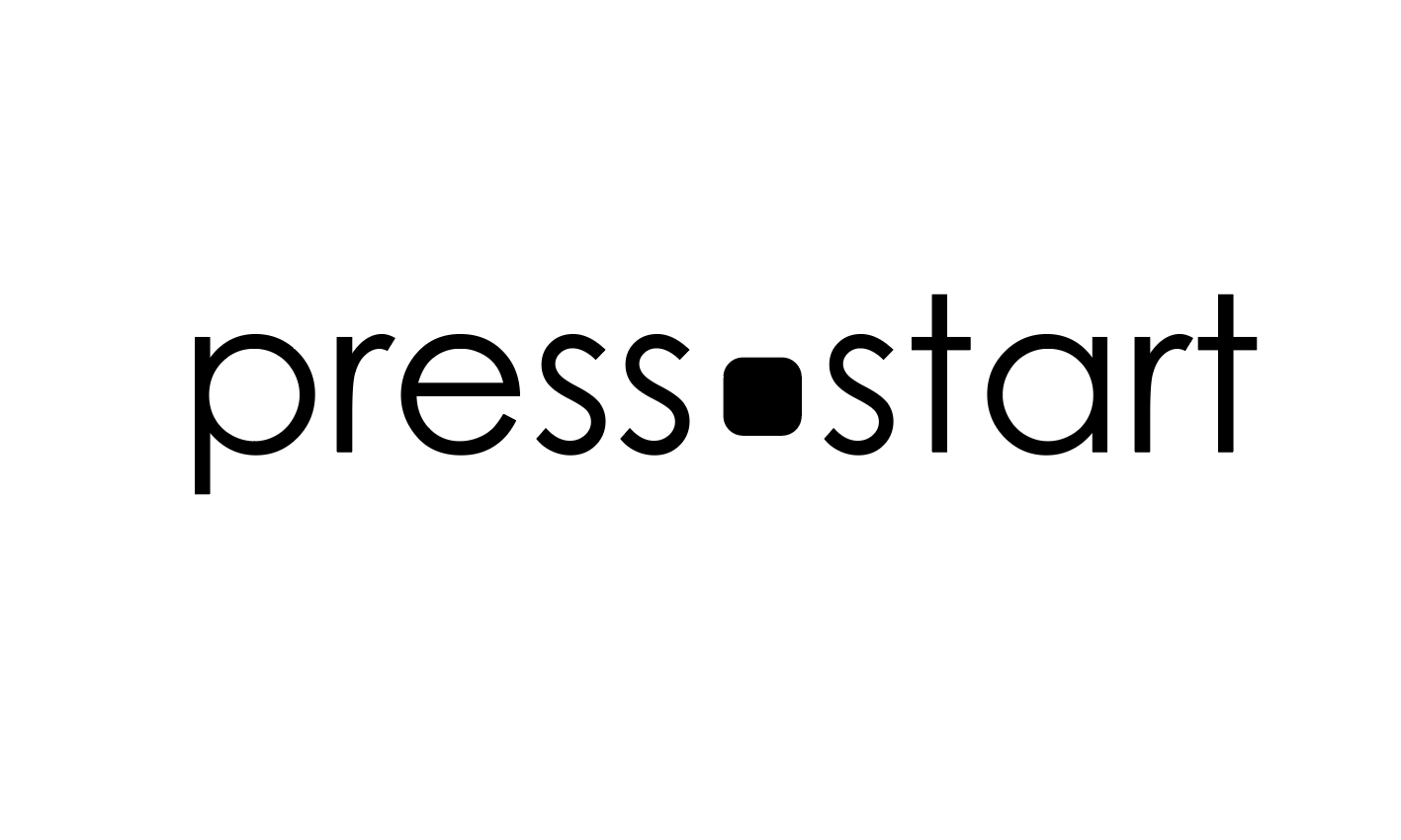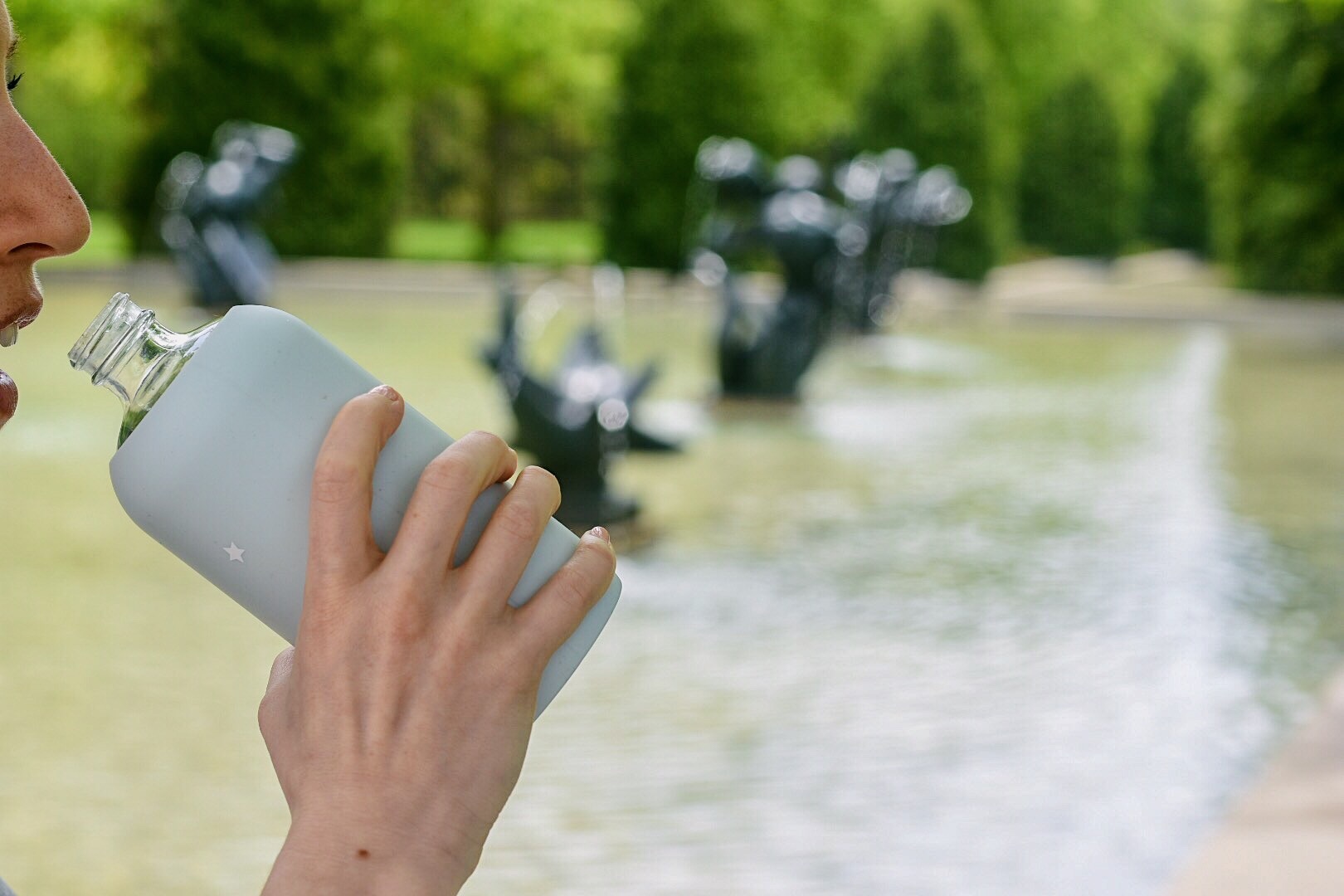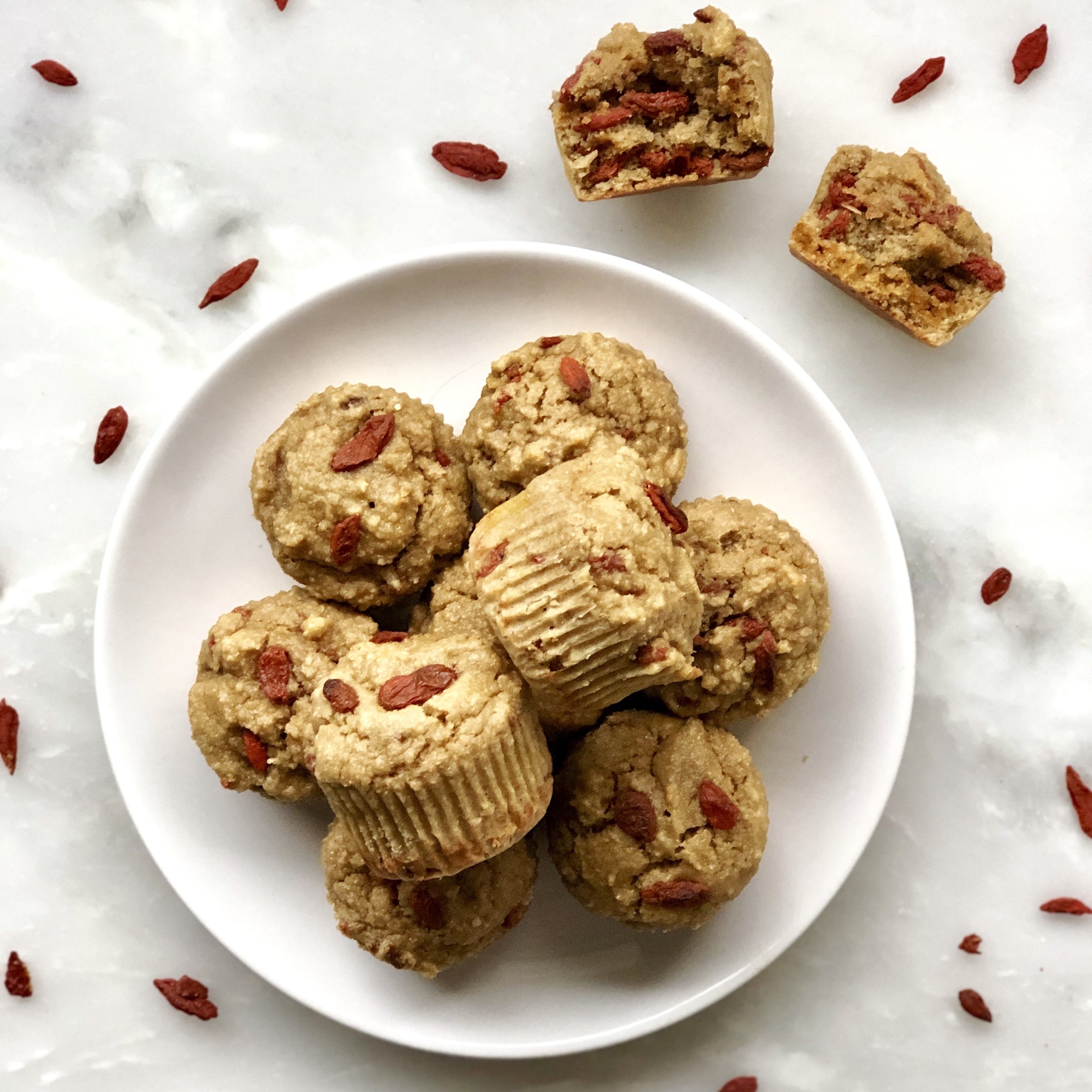These are some of my favorite brands that have cleaner beauty.
Our skin is the largest organ in our body (12) AND it’s a part of our microbiome AKA closely tied to our gut. Skin health, gut health, and emotional/brain health all go hand in hand believe it or not. I know most of my followers and readers of this page are healthy eaters and conscious of the food they put IN their microbiome, but what about what goes ON it?
That’s where clean beauty and skincare come in. Most over the counter makeup and skincare contain tons of toxins. If you want to check your products, you can measure them on the Environmental Working Group “skin deep” database. The FDA requires no premarket review of the safety of cosmetics. Instead, the cosmetics industry is supposed to “self police” through its Cosmetics Ingredients Review Panel. Over the 36 years that this has been in place, the panel has rejected only 11 ingredients (1). In contrast, the European Union has banned hundreds of chemicals in cosmetics (2). Most of my makeup comes from Beauty Counter, which takes the utmost care in its ingredients (not sponsored), and I have an instagram post outlining some of my other favorite brands. Feel free to email me with any questions about Beauty Counter products, I’m happy to answer!
Remember, the containers we use to store food and water can contain these harmful compounds too, and they can leech into our food. This is why I recommend stainless steel and glass.
Personal care products are manufactured with over 10,500 unique ingredients, many of which are known carcinogens, endocrine disruptors (hormone disruptors), known toxins and more (3). For instance, a common ingredient “phthalates”, has been shown to interfere with proper reproductive function in babies whose mothers were exposed to it during pregnancy (4, 5). Phthalates can be found in personal care products (READ YOUR LABELS), they can leech into food when microwaving food in plastic containers, they are found in soft plastic and vinyl products as well. You can read how the National Institute of Health warns about phthalates (6), and other endocrine disruptors in our environment (7).
Even fragrances, which can seem innocent, and are added to SO many products, can contain numerous hidden chemicals. Because of the labeling laws for fragrances in the United States, companies do not have to list individual ingredients of their “fragrance blend”. Therefore, companies will just lump any harmful ingredient in the category of “fragrance” so that they do not have to disclose it. A 2010 Environmental Working Group study found an average of 14 chemicals not listed on the label in the top products containing any kind of “fragrance” (10). What makes this all worse is that skincare products are not made to stay onto the surface of the skin, they seep into our skin and can even enter the bloodstream (3).
Hopefully the above information will make you think twice about what you put on your skin daily. However, it’s not just our skin and beauty care that bad chemicals can sneak into. It can also be what we brush our teeth into, some of which, is ingested every day. Two ingredients to look out for in toothpaste are SLS (sodium lauryl sulphate), which has been shown to irritate skin and even cause cancer in multiple studies (8, 9) and fluoride, which, is also often added to water. Fluoride has been linked to everything from thyroid issues, bone and joint disorders, neurological issues such as ADHD, reproductive issues and more (11). It’s scary to think that most conventional drugstore products can actually be dangerous for us. But considering we use these products daily, it is worth another look. I use this Dr. Bronner fluoride and SLS-free toothpaste (it’s made of all ingredients you recognize) and this Hello charcoal activated mouthwash.
What now?
The point of this blog post is not to scare you or send you into a frenzy. It’s merely to educate you so that the next time you are buying a personal care item, you can make a more informed purchasing decision. You also don’t need to feel like you need to throw out 100% of your products and buy new ones overnight. This is daunting, expensive and time consuming. However, if you want to do it, be my guest. A more approachable way to conquer this task is every time you have a product you used up, replace it with a cleaner alternative. You can use the EWG “skin deep” site or app to help you. I think this is especially important if you have children or are ever planning to have children. We can give the next generation a better chance than we had because now we have more knowledge.
references:
http://www.fda.gov/Cosmetics/ResourcesForYou/Consumers/CosmeticsQA/ucm167234.htm
https://www.ewg.org/skindeep/2011/04/12/why-this-matters/
https://www.ncbi.nlm.nih.gov/pubmed/16079079
https://www.ncbi.nlm.nih.gov/pubmed/19919614
https://www.niehs.nih.gov/research/supported/assets/docs/j_q/phthalates_the_everywhere_chemical_handout_508.pdf
https://www.niehs.nih.gov/health/materials/endocrine_disruptors_508.pdf
https://www.ncbi.nlm.nih.gov/pubmed/30784350
https://www.nicnas.gov.au/chemical-information/imap-assessments/imap-group-assessment-report?assessment_id=184
https://www.ewg.org/research/not-so-sexy
https://www.medicalnewstoday.com/articles/154164.php
https://www.webmd.com/skin-problems-and-treatments/picture-of-the-skin#1







